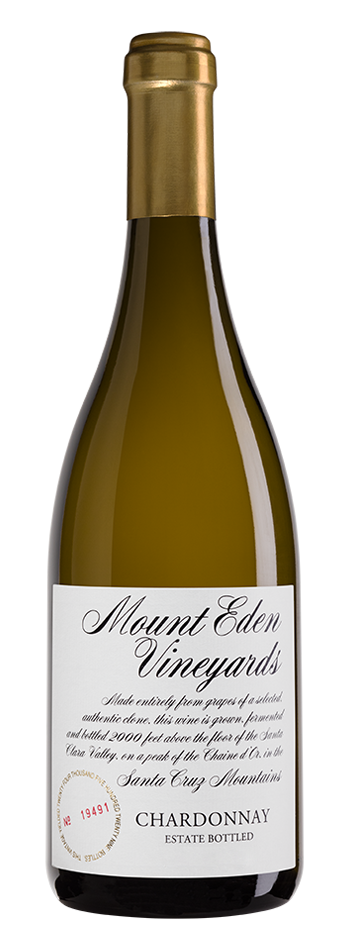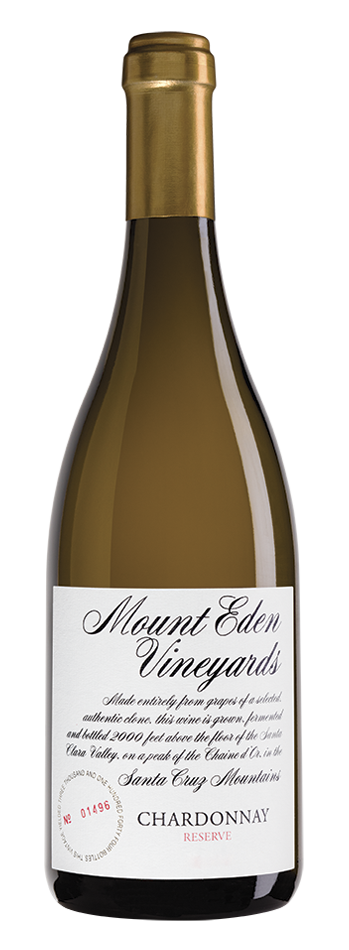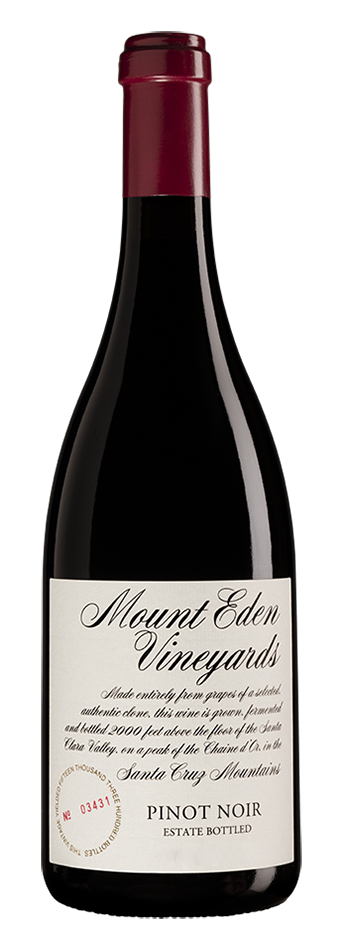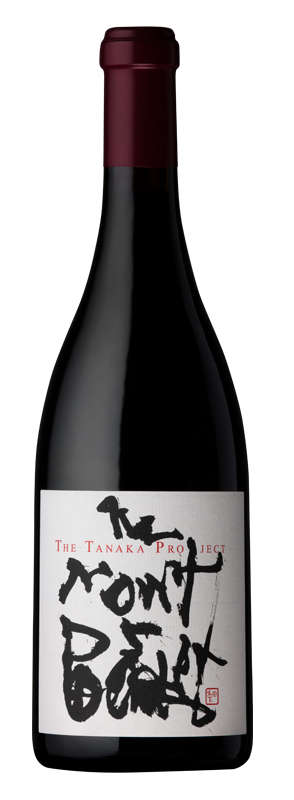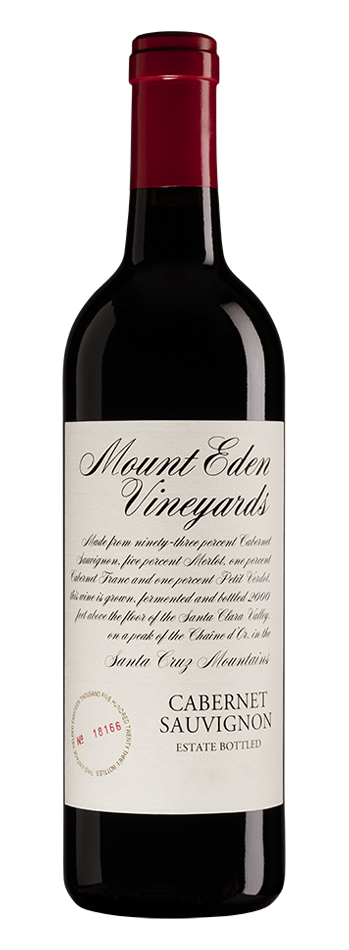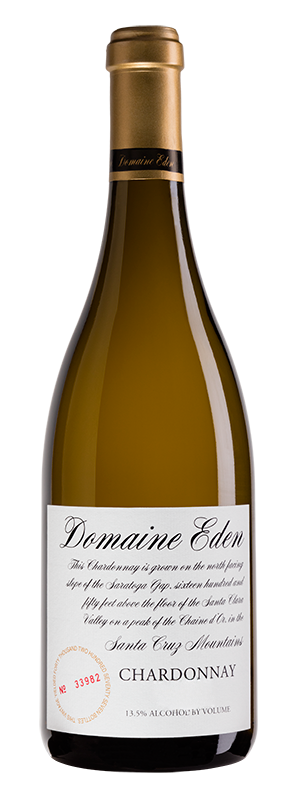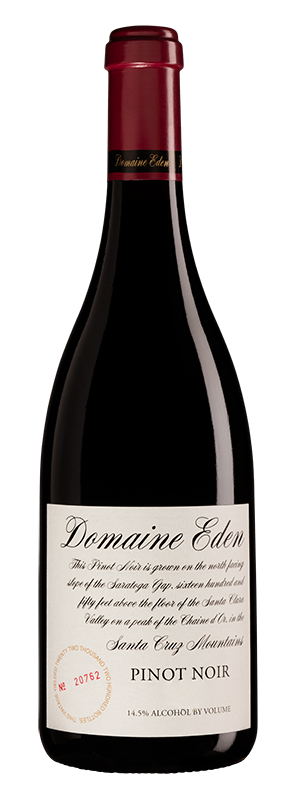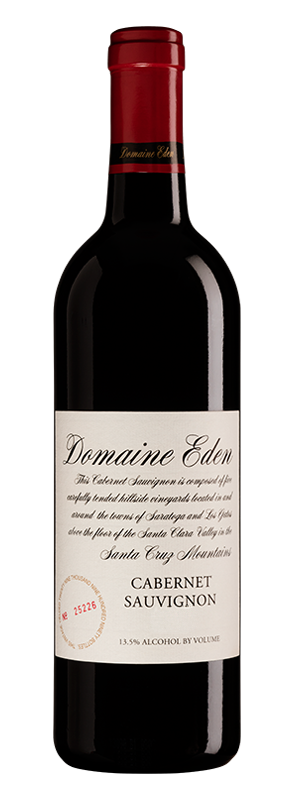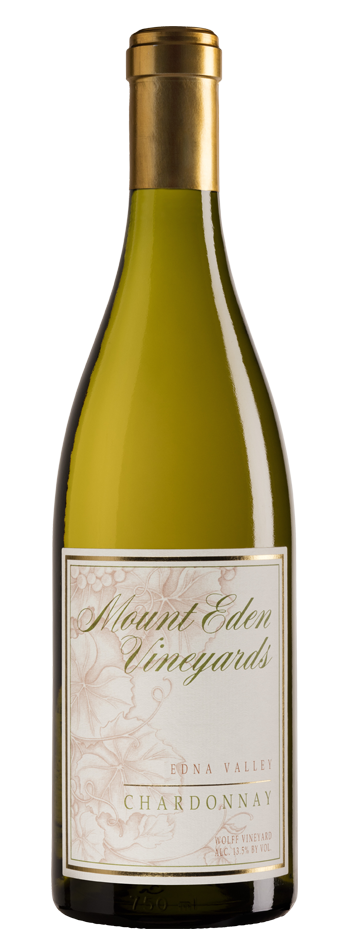Mount Eden Estate
Mount Eden’s estate vineyards began to be developed in 1945 by the legendary vintner Martin Ray on a rugged mountaintop in the Santa Cruz Mountains. Today, the site consists of 40 acres of low-yielding Chardonnay, Pinot Noir, Cabernet Sauvignon, Merlot and Cabernet Franc vines. The Chardonnay and Pinot Noir were propagated from selections brought to California by French winemaker Paul Masson, while the Cabernet Sauvignon came from Emmett Rixford’s historic La Questa Vineyard in Woodside, California. Mount Eden is considered to have the longest lineage of Chardonnay and Pinot Noir in North America.
Planted in infertile Franciscan shale, the vineyards are 15 miles from the Pacific Ocean and enjoy a cool, but sunny climate above the fog line. Harvest normally begins in the first weeks of September and finishes around the end of October, occasionally going into early November. The combination of a long growing season and naturally low yields allows slow, steady maturation of the grapes and the concomitant intensification of their flavors. This process is enhanced by vertically training the vines to maximize the exposure of the grape clusters to sunlight and by thinning the crop, when necessary, to ensure yields do not exceed two tons per acre.
Domaine Eden
Domaine Eden is a nearby mountaintop wine estate purchased by Mount Eden in 2007. This 55-acre site was originally founded and built by the late Tom Mudd in 1983. It is the former home of Cinnabar Winery. Tom was a fan of Mount Eden Vineyards and initially planted the Mount Eden clonal selections of Chardonnay and Cabernet Sauvignon, which later evolved to include Pinot Noir from various Dijon and California heritage selections.
Upon Mount Eden’s purchase, the property was christened Domaine Eden, inspiring a new wine brand of the same name, focusing on Pinot Noir, Chardonnay, and Cabernet Sauvignon from this remarkable site. The winery is situated at about 1,650 feet in the Santa Cruz Mountains Appellation, with a soil structure of Los Gatos Clay Loam and north and east-facing vineyards.
Edna Valley
The Edna Valley Appellation in San Luis Obispo County, along California’s Central Coast, is a growing region profoundly influence by its proximity to the Pacific Ocean. It has one of the longest growing seasons in the world; bud break typically occurs in February, with harvest in October. This slow ripening is especially favorable for the noble Chardonnay grape, which develops great nuances of flavor while retaining its elegant nature.

